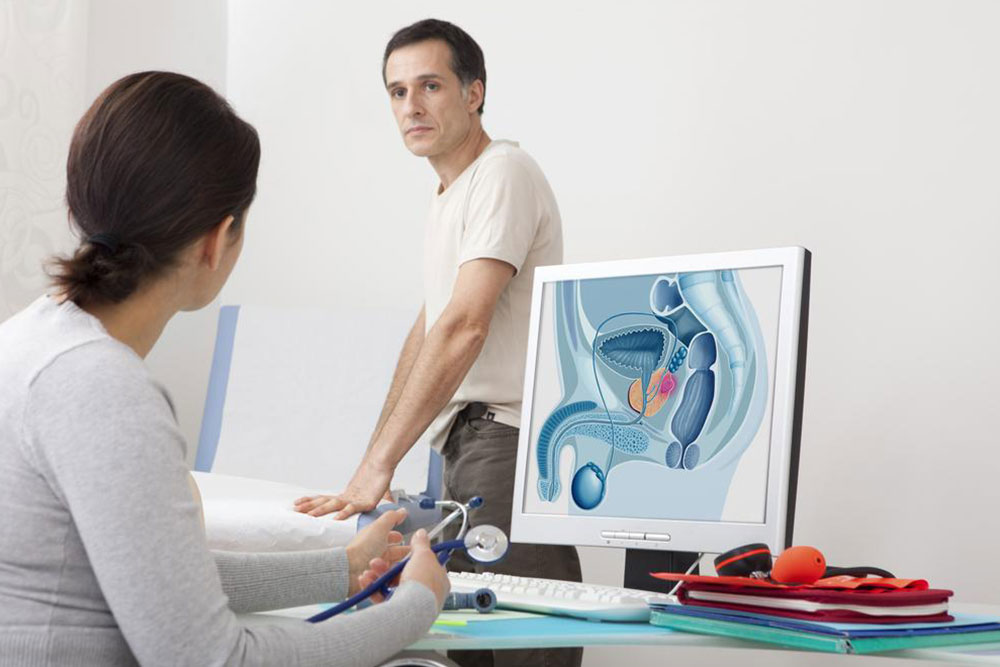An Overview of Turner Syndrome: Causes, Signs, and Treatment Options
Turner syndrome is a genetic condition affecting females, caused by missing or abnormal X chromosomes. It leads to issues like short stature, infertility, and heart problems. Early detection through prenatal testing, along with growth hormone and hormone replacement therapies, can significantly improve quality of life. Regular medical care and personalized treatment plans are essential for managing symptoms and supporting long-term health. Understanding the causes and signs of Turner syndrome helps in making informed health decisions and optimizing care for affected individuals.

Understanding Turner Syndrome: Causes, Signs, and Management Strategies
Turner syndrome is a common genetic condition affecting females exclusively. It occurs when one X chromosome is missing or structurally altered, impacting development. Early diagnosis and understanding are vital for effective management, reducing associated health risks. Keep reading to explore the causes, symptoms, and treatment options available for Turner syndrome.
What is Turner syndrome?
Chromosomes carry essential genetic information for growth and development. Typically, humans have 46 chromosomes, including two sex chromosomes. Females usually have two X chromosomes, while males have X and Y. Turner syndrome happens due to abnormalities in these X chromosomes, affecting various bodily functions.
Turner syndrome is a genetic condition that affects females, often leading to infertility and increasing the risk of conditions like osteoporosis, thyroid issues, autoimmune diseases, heart problems, hearing and vision impairments, and high blood pressure. It is also known as congenital ovarian hypoplasia, monosomy X, or Bonnevie-Ullrich syndrome.
Causes of Turner syndrome
The syndrome results when one of the sex chromosomes is missing or damaged, typically due to errors during cell division. Though exact causes are not fully understood, common mechanisms include:
Monosomy: Total absence of an X chromosome, usually due to errors in sperm or egg formation.
Mosaicism: When some cells have normal chromosomes while others are abnormal, caused by faulty cell division early in development.
X chromosome structural changes: Structural defects or missing genes on an X chromosome can also cause Turner syndrome.
How is Turner syndrome detected?
It occurs in roughly 1 in 2,500 females worldwide. Prenatal screening tests like cell-free DNA analysis can identify signs such as fluid buildup in the neck, abnormal kidney development, and heart defects during pregnancy.
Symptoms develop from infancy through adulthood. Early signs include:
Low-set ears
Drooping eyelids
Low hairline
Swollen hands and feet
Flattened feet
Short neck or broad neck
As girls mature, signs may include short stature, delayed puberty, hypertension, early menopause, and fertility challenges. Physical features such as a broad chest and inward-turning nails are also common.
Diagnostic methods
Karyotyping: Examines chromosomes to identify missing or abnormal sex chromosomes.
Amniocentesis: Tests amniotic fluid during pregnancy for chromosomal analysis.
Blood tests: Maternal blood screening can detect chromosome irregularities.
Chorionic villus sampling: Involves testing placental tissue for diagnosis.
Treatment strategies for Turner syndrome
While there’s no cure, treatment focuses on managing symptoms and enhancing quality of life. Early intervention is especially important during adolescence.
Growth hormone therapy: Used from early childhood to increase height and strengthen bones.
Estrogen therapy: Started around age 11-12 to initiate puberty, develop secondary sexual characteristics, and support bone density. Continued hormone therapy may be needed long-term, and options like IVF with donor eggs can help achieve pregnancy.
Timely diagnosis, ongoing health monitoring, and personalized treatments empower women with Turner syndrome to live full and healthy lives. Consulting healthcare professionals ensures tailored care for the best outcomes.


